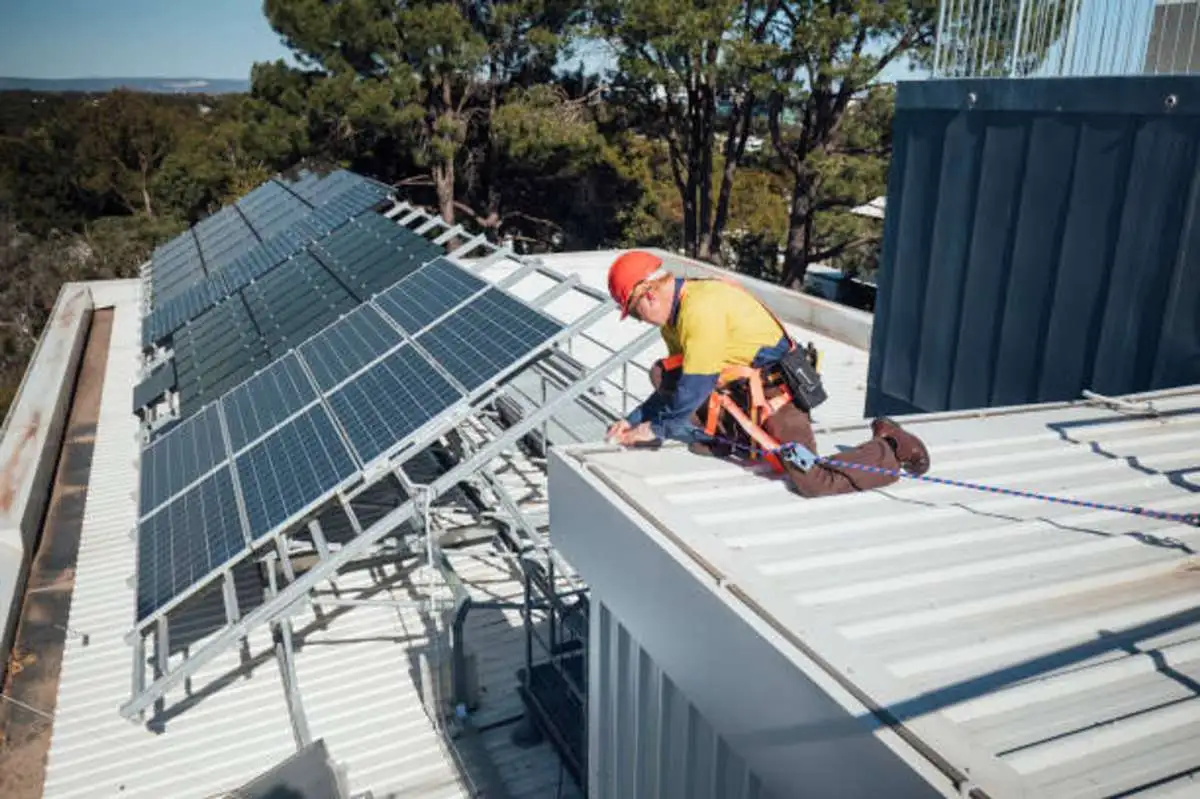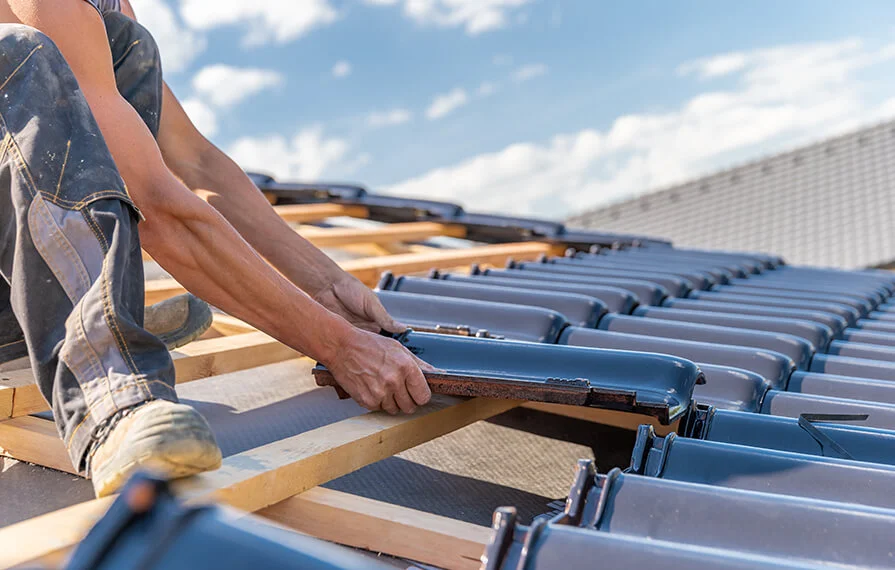A Comprehensive Guide to Effective Roof Apartment Roofing Installment
The intricacies of level roofing system setup need a precise approach, starting with a detailed understanding of numerous level roofing system types and the crucial products needed for optimum performance. A successful setup pivots not just on the option of products but likewise on the preparation and implementation of each step entailed in the process.
Recognizing Flat Roof Covering Types
When considering level roofs, it is vital to recognize the various kinds readily available, as each deals distinct advantages and negative aspects tailored to certain requirements. One of the most usual kinds of flat roofings include Built-Up Roof (BUR), Modified Bitumen, and Single-Ply membrane layers.
Built-Up Roof includes numerous layers of asphalt and gravel, giving excellent sturdiness and weather condition resistance. It is specifically useful in areas susceptible to serious weather condition problems yet might need even more maintenance as a result of its intricate building and construction.
Changed Asphalt is a prominent selection for its convenience of installment and versatility. It commonly employs a torch-applied or self-adhesive technique, which can be useful for fast repair services and long-lasting performance. However, its life-span can be much shorter compared to BUR.
Single-Ply membrane layers, consisting of Thermoplastic Olefin (TPO) and Ethylene Propylene Diene Monomer (EPDM), are acknowledged for their lightweight nature and power performance. These materials are usually favored for industrial buildings because of their cost-effectiveness and convenience of installment (Cleveland Roofing Specialists). Nevertheless, they might not supply the exact same degree of insulation as various other choices.
Each roof covering kind requires mindful factor to consider based upon environment, spending plan, and certain task needs.
Necessary Materials for Apartment Roof Covering
A selection of vital materials are vital for the successful installation of level roof. The selection of materials straight impacts resilience, efficiency, and overall performance.
One of the primary materials is the roof covering membrane, which can be built from various materials such as thermoplastic polyolefin (TPO), ethylene propylene diene monomer (EPDM), or PVC. Each kind offers special advantages, consisting of UV resistance and adaptability, which are crucial for long term efficiency.
Along with the membrane, insulation products play a significant function in power effectiveness. Inflexible foam boards or polyisocyanurate insulation are popular choices, as they supply outstanding thermal resistance and dampness management.
Moreover, roof covering adhesives and sealers are necessary for guaranteeing a leak-proof installment. These items must be suitable with the picked membrane layer to avoid degeneration with time.
Preparing for Setup
Proper preparation is crucial for a successful level roofing system installation, as it lays the foundation for a long lasting and reliable roofing system. Begin by performing a detailed assessment of the existing roofing structure.
Next, collect all essential devices and materials, ensuring that they satisfy industry criteria. This consists of water resistant membrane layers, insulation, flashing, and bolts. Acquaint yourself with the producer's specifications, as adherence to these standards is critical for guarantee purposes.
Furthermore, guarantee that the workspace is clear of particles and blockages to help with safe and effective installation. Take into consideration weather condition conditions; prevent installment during hefty rain or severe temperatures, which can affect product performance. Inform any type of passengers of the building regarding the forthcoming work to make sure safety and security and reduce disturbances. By taking these primary steps, you can improve the probability of an effective flat roofing installment that satisfies both structural and aesthetic requirements.
Step-by-Step Setup Process
With the groundwork developed with extensive preparation, the next stage includes implementing the level roof covering setup methodically. This action is crucial for keeping the roofing system's integrity over time.
Following the vapor obstacle installation, lay down insulation boards, ensuring they fit securely with each other to reduce thermal bridging. Safeguard the insulation with appropriate bolts based on the roof type and local building regulations. When the insulation remains in place, it's time to apply the roof membrane. Depending upon the selected product-- such as TPO, EPDM, or customized bitumen-- install the membrane layer according to the producer's specifications.
Mount blinking around boundaries, vents, and any roof infiltrations to improve waterproofing. After setup, carry out an extensive inspection to recognize any kind of potential problems prior to wrapping up the job, ensuring a robust and reliable flat roofing system.
Upkeep Tips for Durability
Routine upkeep is important to make certain the long life and efficiency of a flat roof covering. One of the primary jobs is to carry out routine examinations a minimum of twice a year, ideally in springtime and autumn. During these examinations, search for signs of wear, such as blisters, splits, or merging water, which can suggest underlying concerns.

Guaranteeing appropriate drain is essential to avoid water buildup. Check and clear seamless gutters, downspouts, and scuppers to ensure unblocked water flow. Additionally, check seals around vents, skylights, and various other penetrations for any type of indications of wear and tear, using caulk or sealant as needed to keep a leak-proof obstacle.
Lastly, think about professional upkeep solutions every few years for comprehensive maintenances. By adhering to these maintenance ideas, you can dramatically prolong the life of your level roofing, ensuring it continues to be a reputable shield against the elements.
Conclusion
Efficient flat roofing system installment demands a methodical technique including complete examinations, product selection, and thorough prep work. Complying with the described steps throughout the installment process guarantees the proper application of roof covering membrane layers and insulation while enhancing waterproofing with effective blinking installment. Executing routine upkeep techniques dramatically contributes to the long life of the roof system. By complying with these standards, a resilient and dependable flat roofing solution can be attained, with the ability of enduring various ecological problems.
The intricacies of flat roof covering installation need a precise approach, beginning with a thorough understanding of different level roof kinds and the necessary products required for optimal efficiency.Proper prep work is essential for a successful level roof covering installation, as it lays the foundation for a resilient and efficient roof covering system. After installation, carry out a comprehensive assessment to recognize any kind of possible concerns prior to ending the project, ensuring a robust and trustworthy flat roof system.
